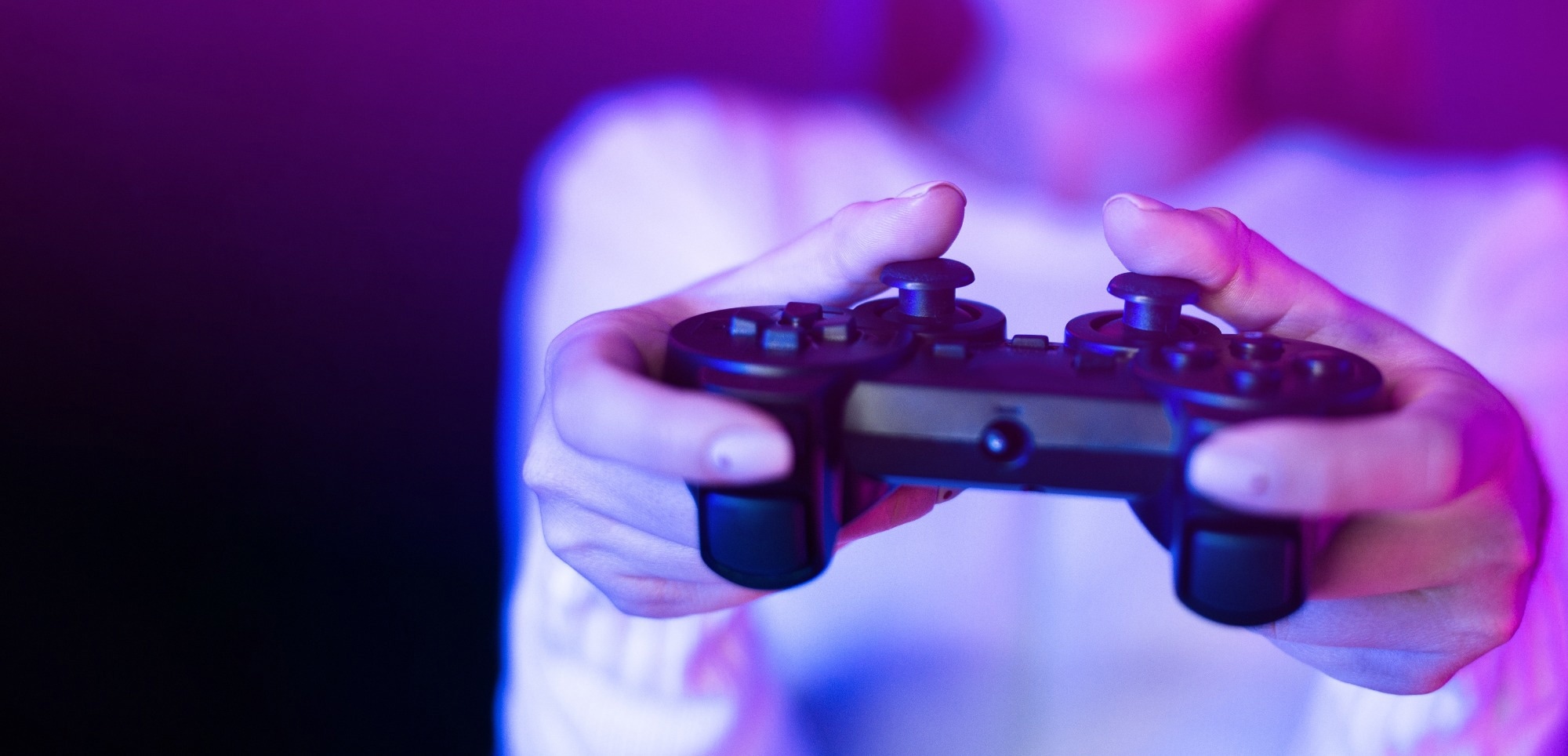New research reveals that even highly trained esports athletes can’t escape wrist fatigue during marathon sessions, with short breaks offering no relief and game genre shaping the strain.
 Study: Wrist extensor fatigue and game-genre-specific kinematic changes in esports athletes: a quasi-experimental study. Image credit: Prostock-studio/Shutterstock.com
Study: Wrist extensor fatigue and game-genre-specific kinematic changes in esports athletes: a quasi-experimental study. Image credit: Prostock-studio/Shutterstock.com
Introduction
Electronic sports (esports) or competitive gaming for long periods can cause long-term musculoskeletal disorders (MSD). Muscular fatigue reduces performance, endangers safety, and is a health hazard in sports and daily activities. A recent paper published in BMC Sports Science, Medicine and Rehabilitation explores this aspect relative to wrist movement across various video games.
Esports are watched by millions and played by thousands worldwide, especially young people. Esports athletes train 4-10 hours/day to perform at the highest levels to compete in regulated tournaments. The duration of practice varies with the skill level and the game genre.
Esports combine musculoskeletal loading of certain muscle groups, high cognitive-process demands, and long sitting times, which are linked to poor health outcomes. Thus, these demands are comparable to those in computer work, piano playing, and air traffic control, where MSD risks are elevated. High-performing esports players use repetitive movements (mouse clicks and keystrokes) with high frequencies of actions per minute, over 500 in some game genres. Without proper breaks, this can cause muscular fatigue, potentially leading to overuse injuries or MSD.
Muscular fatigue is “a reduction in maximal force or power production in response to contractile activity”. It can be peripheral or central, depending on whether it affects the neuromuscular junction or the brain, respectively.
Not much research has been conducted on these aspects of esports, though mobile phone gaming may cause more muscular fatigue in non-professional gamers. Compared to amateurs, professionals have smoother, more accurate, and faster movements related to their games.
The game genre also modifies the player's kinematics. First-person shooters (FPS) and multiplayer online battle arena (MOBA) players have faster hand acceleration, more repetitive movements, and a longer cumulative hand movement distance than those who play adventure video games.
The current study aimed to cover research gaps in this field, such as how esports affect muscular fatigue and wrist kinematics.
About the study
The study included 32 healthy male esports athletes, with a mean age of 24. They had an average body mass index (BMI) of 24.8 kg/m2. Physical activity was, on average, ~308 minutes a week. The mean game experience was 12 years, with gaming occupying a mean of 3.6 hours a day.
Nearly 70% were MOBA players, likelier to play at highly competitive levels than FPS players. They participated in two competitive video gaming sessions lasting 90-120 minutes. The sessions were separated by a 10-minute passive sitting break during which the participants sat and rested.
Study findings
Muscle activity and wrist kinematics were recorded by surface electromyography (EMG) of the upper trapezius and wrist extensors. These showed increasing muscle fatigue over time, signaled by a reduction in the frequency spectrum of the EMG.
This was demonstrated by the significantly lower median frequency (MDF) of both left and right wrist extensors (by about 3%-4%) with time. Only the right side showed a decrease for the upper trapezius, but this was not confirmed in post-hoc analysis. No significant change occurred in the trapezius, perhaps because the hands are more involved in such sports, or because of greater inter-individual variability in trapezius measures.
Unexpectedly, the root mean square (RMS) also decreased over time. This finding may be explained by the behavior of motor units during low-intensity intermittent motor tasks like competitive gaming. It could also be due to the unpredictable duration of individual gaming sessions, which allows partial muscle recovery and reduces the continuity of neuromuscular loading. This might account for the atypical EMG fatigue patterns compared to conventional constant-load tasks. This offers a field for further study.
Over 95% of the time, the wrist joint position was in the neutral zone, though this was less for FPS players than for MOBA players. The video game genre was associated with differences in the wrist kinematics, but these parameters did not significantly change over time. While FPS players’ cumulative distances decreased across sessions and MOBA players showed a decrease followed by an increase, the study emphasized that these were not statistically significant effects.
The area of displacement increased, while zero-crossings decreased over time for both FPS and MOBA players. However, zero-crossings increased at the fourth measurement for both, reaching or crossing the baseline.
These group differences could be due to the greater precision required for FPS games, which involve more upper extremity use and strategically lowered mouse sensitivity settings. The game genre and mouse settings contribute to greater hand movement to increase performance levels.
Finally, there was no reduction in the physical load after the 10-minute passive break. Preventive interventions should include more physically active breaks between games to reduce muscle fatigue and improve cognitive function. Moreover, regular exercise should be incorporated into the daily routine to improve muscle health and prevent premature muscle fatigue and MSD. The authors also note that short in-game pauses, such as respawns or matchmaking, may allow partial recovery, potentially influencing fatigue patterns.
Conclusions
The study indicates that wrist extensor fatigue increases over 3-4 hours of esports, across all video game genres. In contrast, the effect on wrist kinematics depends on the type of game (FPS > MOBA) but does not significantly change over time.
Cumulative muscular fatigue is likely with such games since the break did not bring about any observable neuromuscular recovery. This indicates that a higher MSD risk is possible with repetitive loading.
“Implementing preventive training strategies and regular active breaks may help mitigate these effects in esports athletes.”
The authors also caution that the study was limited to male players, had more MOBA than FPS participants, and lacked a control group, factors that may affect generalizability.
Download your PDF copy now!